
Merck Anti-Podocin, Mouse monoclonal
✨AI 추천 연관 상품
AI가 분석한 이 상품과 연관된 추천 상품들을 확인해보세요
연관 상품을 찾고 있습니다...
Anti-Podocin, Mouse monoclonal
clone PD-65, purified from hybridoma cell culture
NPHS2
Podocytes are highly specialized visceral epithelial cells that cover the outer aspect of the glomerulus in the kidney. The foot processes of adjacent podocytes regularly interdigitate leaving filtration slits that are bridged by a thin slit diaphragm. This is an extracellular adherens-like junction that serves as a barrier to macromolecules and plays a crucial role in the glomerular filtration process. Podocin (NPHS2 protein) is an important member of a group of proteins shown to be associated with the slit diaphragm. Podocin belongs to the band-7-stomatin family of lipid raft-associated proteins. It is a hairpin-like integral membrane protein with intracellular N- and C- termini. Podocin is located at the insertion site of the slit membrane, and is thought to act as a scaffold protein required to maintain or regulate the structural integrity of the slit diaphragm. It interacts there with nephrin (NPHS1 protein), a protein critical in development and function of the kidney filtration barrier and the adapter protein CD2-AP. Podocin is anchored in the glycosphingolipids and cholesterol rich lipid rafts of the outer leaflet of the plasma membrane and is partially localized with the actin cytoskeleton. In vitro studies suggest its involvement in nephrin signaling facilitation via AP-1 in HEK cells. In addition to its presence in the kidney, it was also reported in rat nervous tissue and possibly in vascular smooth muscle.
🏷️Merck Sigma 상품 둘러보기
동일 브랜드의 다른 상품들을 확인해보세요
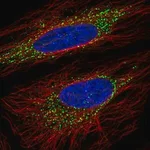
Merck Sigma
Merck Anti-OSBPL5 antibody produced in rabbit
895,700원
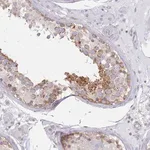
Merck Sigma
Merck Anti-MAP1S antibody produced in rabbit
370,530원
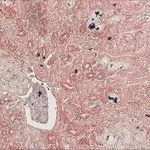
Merck Sigma
Merck Anti-Podocin, Mouse monoclonal
277,300원
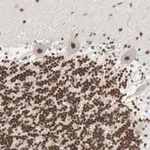
Merck Sigma
Merck Anti-CUX1 antibody produced in rabbit
370,530원
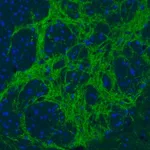
Merck Sigma
Merck Monoclonal Anti-VGAT antibody produced in mouse
817,800원
배송/결제/교환/반품 안내
배송 정보
| 기본 배송비 |
| 교환/반품 배송비 |
|
|---|---|---|---|
| 착불 배송비 |
| ||
| 교환/반품 배송비 |
| ||
결제 및 환불 안내
| 결제수단 |
|
|---|---|
| 취소 |
|
| 반품 |
|
| 환급 |
|
교환 및 반품 접수
| 교환 및 반품 접수 기한 |
|
|---|---|
| 교환 및 반품 접수가 가능한 경우 |
|
| 교환 및 반품 접수가 불가능한 경우 |
|
교환 및 반품 신청
| 교환 절차 |
|
|---|---|
| 반품 절차 |
|
